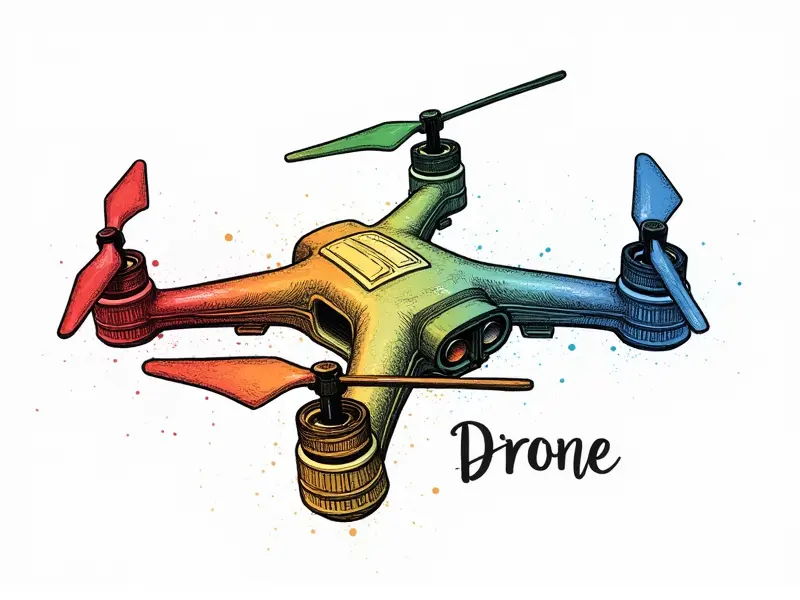Drone frame material options?

Drone Frame Material Options
Choosing the right material for your drone frame is a critical decision that can significantly impact its performance, durability, and overall cost. This article delves into various materials used in drone frames, including lightweight options for FPV racing drones, aluminum versus carbon fiber, budget vs performance choices, and sustainable alternatives like wooden frames.
Lightweight Materials for FPV Racing Drones
FPV (First Person View) racing drones require a balance between weight and strength to achieve optimal speed and agility. Lightweight materials such as carbon fiber and certain plastics are preferred due to their low density and high tensile strength.
Carbon Fiber vs Plastic: Which is Best?
- Carbon Fiber: Offers superior rigidity, durability, and resistance to deformation under stress. It's ideal for high-performance drones but comes with a higher price tag.
- Plastic (PLA or ABS): Provides good flexibility and is cost-effective, making it suitable for beginners and budget-conscious users. However, it may not withstand extreme impacts as well as carbon fiber.
PLA or ABS: Best Plastic for Drones?
For those opting for plastic frames, choosing between PLA (Polylactic Acid) and ABS (Acrylonitrile Butadiene Styrene) is crucial. PLA offers better print quality and environmental friendliness but can be brittle under extreme conditions. On the other hand, ABS provides greater durability and impact resistance.
Aluminum vs Carbon Fiber Drone Frames
The debate between aluminum and carbon fiber frames revolves around their respective advantages in terms of weight, strength, and cost-effectiveness.
Pros & Cons of Using Aluminum in Drones
- Advantages: Aluminum is relatively inexpensive, easy to work with, and offers good corrosion resistance. It's also readily available in various forms such as extruded tubing or sheet metal.
- Disadvantages: While aluminum is strong, it can be heavier than carbon fiber for the same structural integrity. This weight difference can affect flight performance and battery life.
Durability of Different Drone Frame Materials
The durability of a drone frame depends on its ability to withstand impacts without compromising structural integrity. Carbon fiber, due to its high tensile strength and low density, typically outperforms aluminum in this regard.
Budget vs Performance: Drone Frame Choices
When selecting materials for your drone frame, it's essential to weigh the trade-offs between cost and performance. Budget-friendly options like aluminum or certain plastics can offer satisfactory results for casual users, while high-performance racers might prefer carbon fiber.
Impact Resistance in Drone Frame Materials
The ability of a material to resist damage from impacts is crucial for maintaining flight stability and safety. Carbon fiber excels here due to its resilience against deformation under stress.
Wooden Drone Frames: A Sustainable Choice
For those looking for eco-friendly alternatives, wooden drone frames are gaining popularity. They offer a unique aesthetic appeal while being biodegradable and recyclable.
Comparing Wood to Metal Drone Frames
- Wood: Provides a natural look and feel but may be less durable compared to metal options under harsh conditions.
- Metal (Aluminum or Carbon Fiber): Offers superior durability, resistance to environmental factors like moisture, and better performance in terms of weight-to-strength ratio.
Recycled Materials for Eco-Friendly Drone Frames
Innovative manufacturers are exploring the use of recycled materials such as plastic bottles or aluminum cans to create drone frames. These options not only reduce environmental impact but also offer competitive performance characteristics.
Conclusion
The choice of material for your drone frame is a critical decision that balances performance, durability, and cost considerations. Whether you opt for lightweight carbon fiber for high-speed racing or sustainable wooden frames for an eco-friendly option, understanding the pros and cons of each material will help you make an informed choice.

